Description
Edwardian Harrogate was a nationally and internationally renowned spa resort. It was also an important regional shopping centre and permanent home to an affluent middle-class population. But both townspeople and visitors could not have enjoyed their pleasures and comforts without the labours of its working class. It is those people, hitherto neglected in studies of resort towns, who form the subject of this book: the servants, laundry workers, hotel staffs, shop assistants, builders, cabmen, railway workers and the rest who kept the town going. It explores not only their work and how they made ends meet, but also the homes and neighbourhoods in which they lived, their family lives, their schooldays, pastimes and religion. It is a fascinating and readable portrait of working men and women in the decade often described as Harrogate’s heyday.
- Author: Paul Jennings
- Publication Date: 05/11/2021
- ISBN: 978-1-910837-37-5
- Binding: paperback
- Format: 234 x 156mm
- Extent: 280 pages
- Illustrations: 100

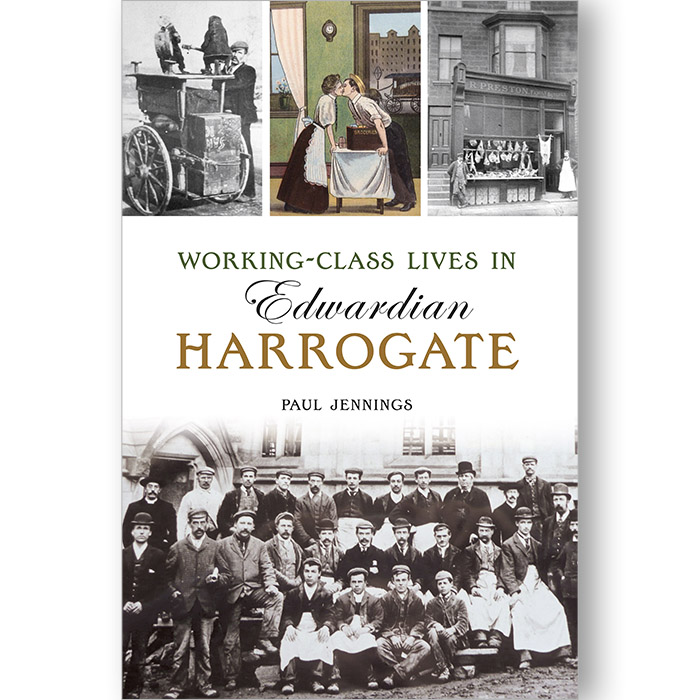
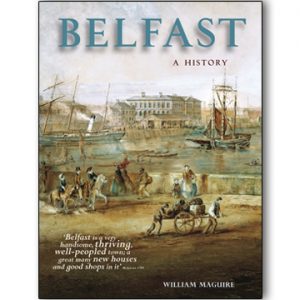
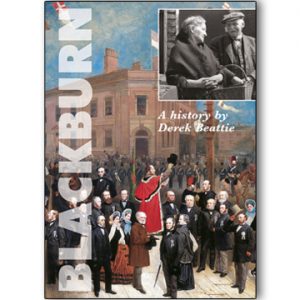
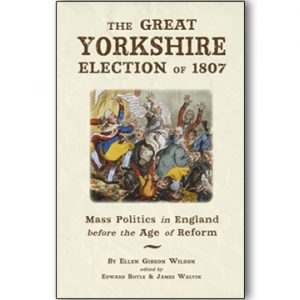
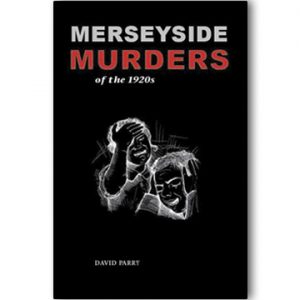

Stephen Gregson –
Paul Jennings’ book contributes to studies on working people in resorts and recognises the individuality of place which adds to the regional variation in workers’ lives. Influenced by exploring ‘history from below’ this local study, interspersed with numerous photographs, maps and quantitative analysis, explores not only people’s work and how they made ends meet, but also the homes and neighbourhoods in which they lived, their family lives, their schooldays, pastimes and religion to provide a portrait of working men and women in the period (often described as Harrogate’s heyday as a national and internationally renowned exclusive health and leisure spa resort) from 1900 to 1914. In addition, it was also an important regional shopping centre and permanent home to an affluent middle-class population and where workers, identified as ‘those without whose labour the town’s middle-class world could not function’, were deemed essential and integral to the town’s success.
This book is a very readable and accessible portrait of working men and women in Edwardian Harrogate which will be of wider interest to local historians, and those of twentieth century labour history.
Full review written by Stephen Gregson and published in The Local Historian, a journal of the British Association for Local History (2022), Vol. 52, No. 4.
Dick Hunter –
This popular-academic book addresses neglect of so-called ‘ordinary’ men and women in the history of the spa town of Harrogate. The working-class was invisible to many contempories, including wealthy and distinguished visitors, yet the town depended on their labour. An Edwardian focus reflects the town’s heyday, with spa visitors reaching record levels, and completion of notable buildings, including two huge hotels, the Majestic and the Grand.
Chapters explore a range of themes: the town’s development; the question of class and the author’s creation of a working-class population from the census; and a look in detail at those workers: who they were, the jobs they performed, for what pay and under what conditions. Neighbourhoods, homes and health are examined, with a chapter on family and household, and the domestic economy. Other chapters focus on schooling and play of children, and how adults found entertainment, as well as the part organised religion played in working-class lives.
The text is accessible, and illustrated with a generous selection of photographs, and postcards. Mapping of working-class neighbourhoods helps to familiarise readers with the town, and its housing. This well-produced book has an extensive bibliography and is recommended as a model of local history informed by contextualised findings. It would interest those researching social history of their own communities, as well as the general reader.
(Extracts from a review by Dick Hunter in Family & Community History, Vol. 25/3, October 2022, pp. 254-55).